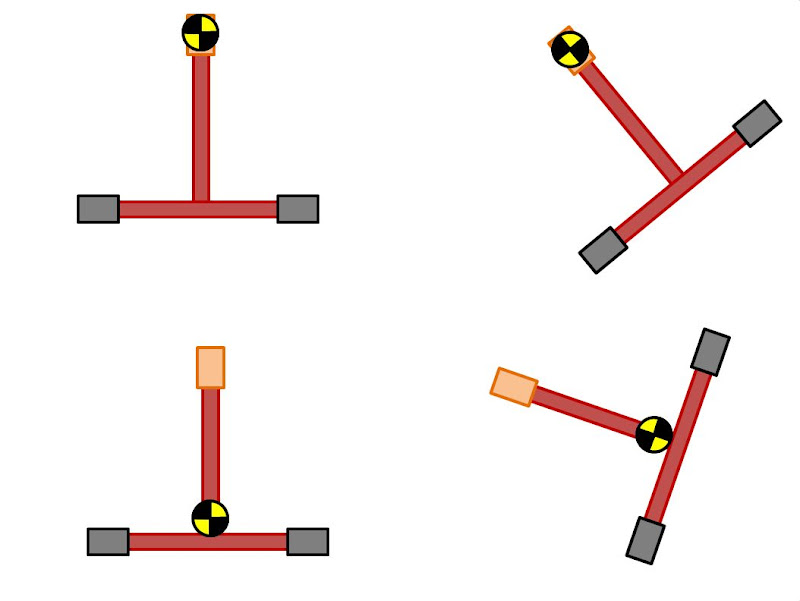I am currently embarking on a project to build some freestanding tubular framed structures assembled from galvanized steel and/or aluminium scaffold tubes. I was wondering if you knew of any simple formulas which could be use to approximately work out the structural stability of an object for a given dimension and weight; or if there is an easy to use software package with this functionality.
The data of most interest to me is that relating to preventing a structure from tilting or sliding. For example in the case of a single length of tube which will be raised perhaps 200mm from the ground and will be subject to significant forces coming from a sideward angle rather than straight above. It would be nice to be able to work out on paper roughly how heavy it would need to be and / or how wide the supporting legs will have to be in order to stop it sliding along the floor or tipping onto its side.
Obviously prototyping & trial/error will produce satisfactory results in the end but I'd rather start from more than just an educated guess to minimise wasted time in the workshop + wasted materials.
Anyone got any clever suggestions or tips?
- FRA
- Forum
- Robots
- Events
- Media
- What's New?
All times are GMT. The time now is 03:25.





 Reply With Quote
Reply With Quote






Bookmarks